Birds have been building nests for millions of years, typically selecting natural locations like trees, shrubs, cliff edges, or ground cavities. However, as human infrastructure expands and natural habitats diminish, many bird species have begun to adapt in surprising ways. Some birds now choose decidedly unnatural nesting locations – from mailboxes and car engines to traffic lights and store signage. This fascinating behavioral adaptation represents both the remarkable resilience of birds and their ability to find opportunity in our human-dominated landscape. Let’s explore why birds sometimes abandon tradition in favor of these unconventional nesting sites, and what this means for both the birds and humans sharing these spaces.
The Evolutionary History of Bird Nesting

Bird nesting behavior has evolved over millions of years, with each species developing specific preferences and techniques suited to their survival needs. Traditional nesting locations typically offer protection from predators, shelter from weather extremes, and proximity to food sources – all critical factors for successful reproduction. Some birds construct elaborate woven nests, while others create simple scrapes in the ground or utilize existing cavities in trees. This diversity of nesting strategies has helped birds become one of the most successful vertebrate groups on Earth, occupying nearly every habitat from polar regions to tropical forests. Understanding the evolutionary basis of nesting behavior helps us appreciate just how significant a departure unusual nesting sites represent.
Habitat Loss and Urbanization
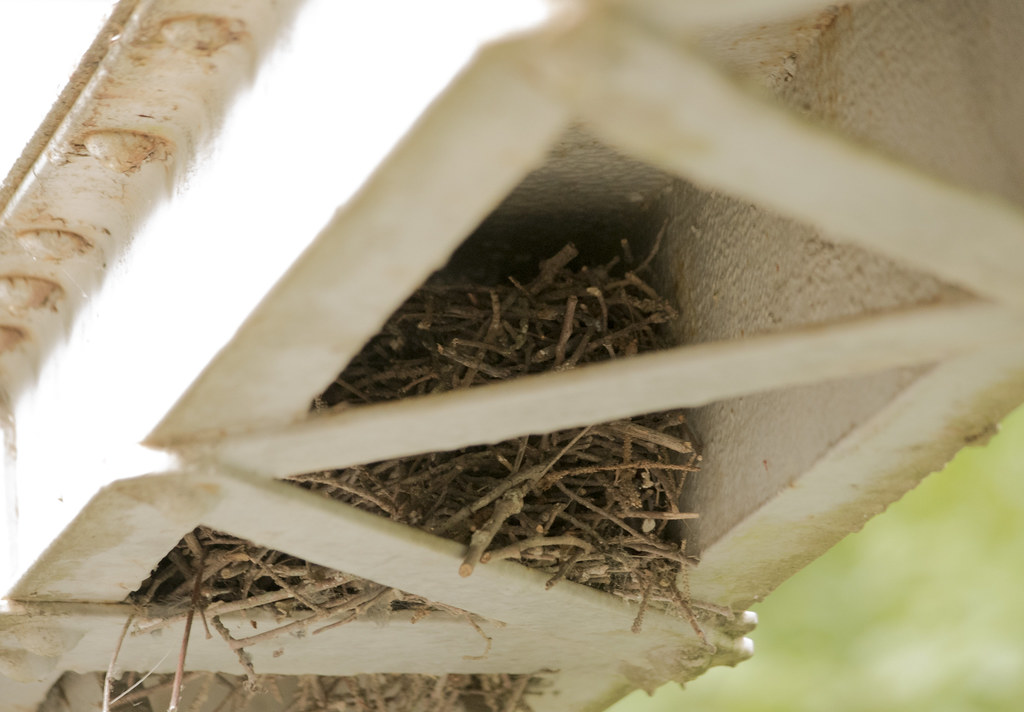
One of the primary reasons birds choose unusual nesting sites is the widespread loss of natural habitats due to human development. As forests are cleared, wetlands drained, and grasslands converted to agriculture or urban developments, many bird species face a critical shortage of traditional nesting locations. Urban and suburban environments, while challenging in many ways, also offer certain advantages: abundant artificial structures that mimic natural cavities, reduced populations of certain predators, and sometimes increased food availability. Research has shown that birds nesting in urban environments often adapt their behaviors more rapidly than their rural counterparts, suggesting that the pressure of habitat loss drives innovative solutions. This adaptation represents a remarkable example of behavioral plasticity in response to environmental change.
Cavity-Nesting Birds and Human Structures
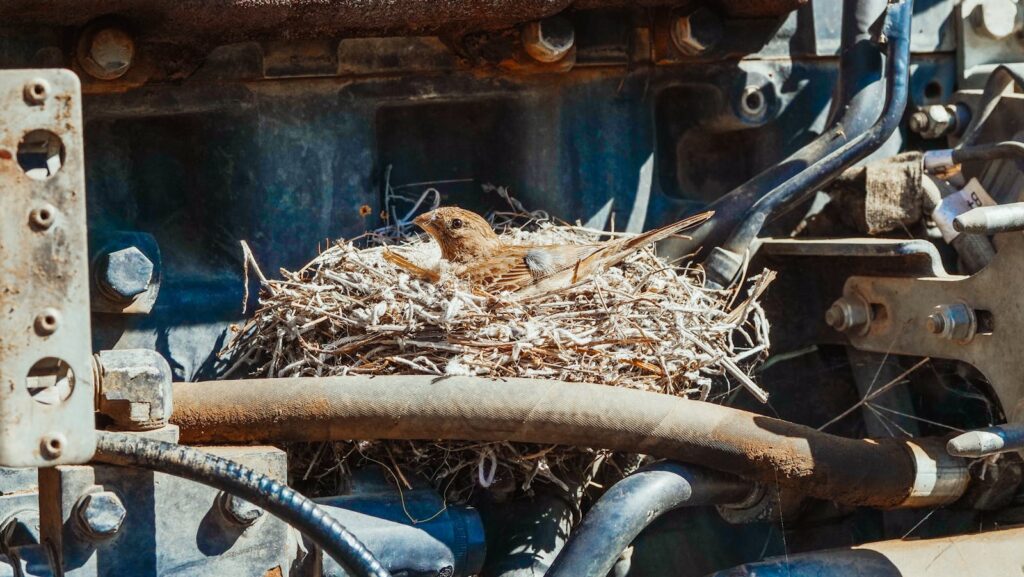
Cavity-nesting species like house sparrows, European starlings, some woodpeckers, and various chickadees are among the most likely birds to adopt unusual nesting sites. These birds naturally seek hollows in trees, but many human structures offer similar protected spaces. Mailboxes, dryer vents, and light fixtures all provide enclosed, sheltered spaces that resemble natural tree cavities. For these birds, the transition from a tree hollow to a car exhaust pipe or building crevice represents a relatively small behavioral shift rather than a complete abandonment of instinct. Some cavity nesters have become so adapted to human structures that certain populations now preferentially choose artificial sites over natural ones, demonstrating the remarkable adaptability of these species.
The Attraction of Vehicle Nesting
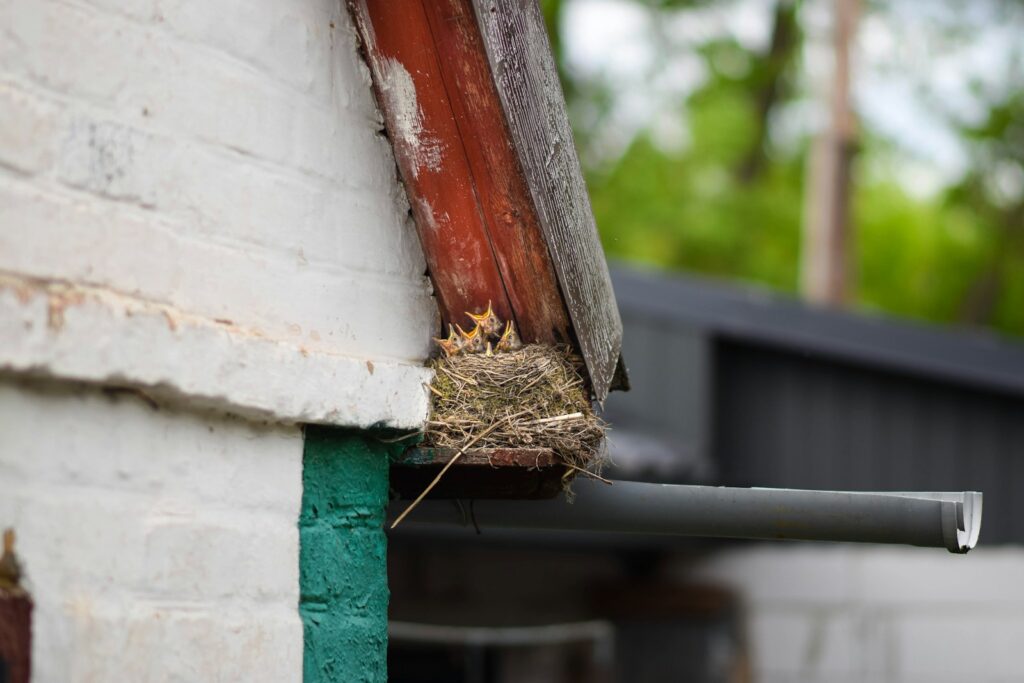
NVehicles present a particularly interesting case of unusual nesting sites that are frequently chosen by birds. Cars, trucks, farm equipment, and even aircraft offer numerous small cavities, are typically elevated off the ground, and are protected from the elements – all desirable nesting characteristics. The enclosed engine compartments of vehicles also maintain relatively stable temperatures when not in use, creating an artificially protective microclimate for eggs and nestlings. Birds like house finches and Carolina wrens have been documented building nests in wheel wells, between windshield wipers, inside engine compartments, and even in the frames of vehicles. The major drawback, of course, is that most vehicles don’t remain stationary indefinitely, which can lead to nest destruction when the vehicle is eventually moved.
Mailbox Nesting Behavior
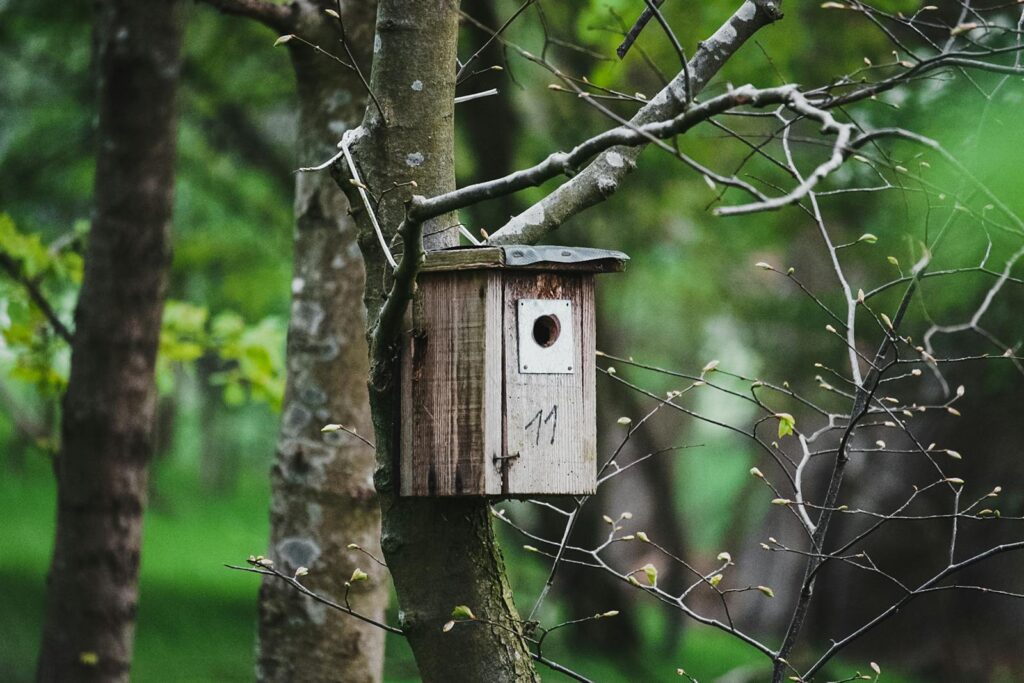
Mailboxes represent one of the most common unusual nesting sites, particularly for cavity-nesting species like wrens, chickadees, and bluebirds. The enclosed, protected space with a single entrance hole almost perfectly mimics the tree cavities these birds would naturally seek. Mailboxes also offer consistent shelter from rain, wind, and direct sunlight, creating a stable microenvironment for developing eggs and nestlings. Some bird species seem to prefer rural mailboxes over suburban ones, possibly because they’re typically accessed less frequently and are often situated near more natural surroundings. Interestingly, birds nesting in mailboxes often learn to tolerate the daily disturbance of mail delivery, demonstrating their ability to habituate to human activities that don’t directly threaten the nest.
Predator Avoidance Strategies

One of the most compelling reasons birds might choose unusual nesting sites is predator avoidance. Many traditional nest predators like raccoons, snakes, and competing bird species haven’t yet learned to search for nests in artificial structures. A nest tucked inside a busy store sign or atop a frequently used light fixture might be safer from natural predators than one built in a tree. Some unusual nesting locations also benefit from human presence, which can deter many wildlife predators that avoid human contact. Research has shown that certain species experience higher nesting success rates in some artificial locations compared to natural sites, suggesting that predation pressure may be actively driving these unusual nesting choices. This represents an unexpected advantage for birds willing to adapt to human-dominated landscapes.
The Role of Learning and Adaptation
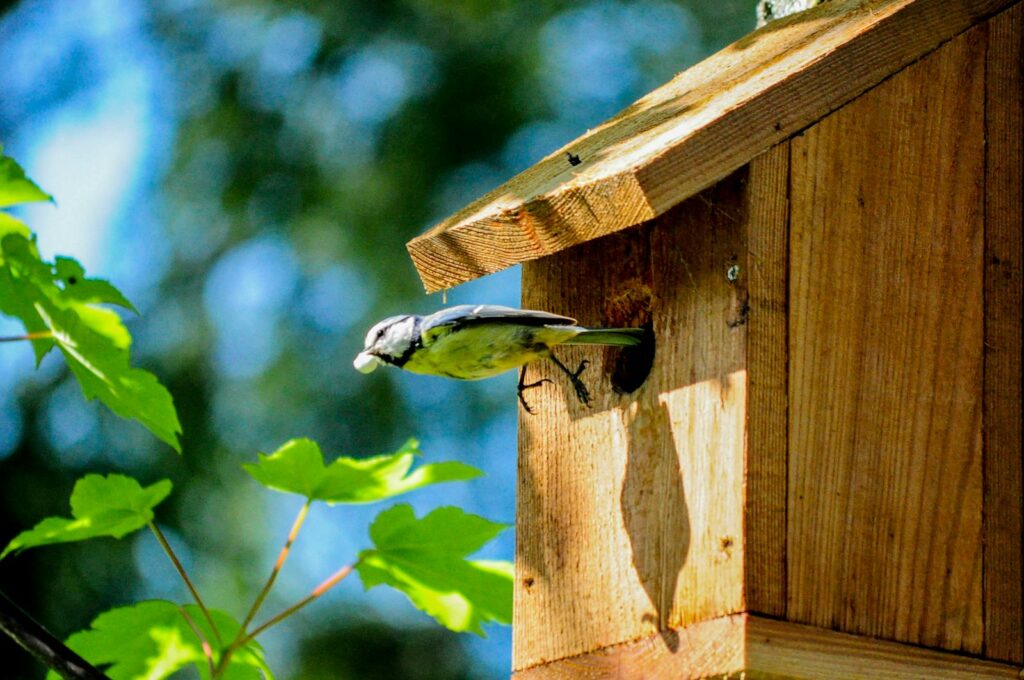
Birds display remarkable learning capabilities when it comes to nesting behaviors, with many species able to adjust their preferences based on experience. Young birds often select nesting sites similar to where they were raised, suggesting that early life experiences influence later nesting decisions. If a bird successfully raises young in an unusual location like a traffic light or hanging flower basket, it is more likely to choose similar sites in the future. This learning can spread through populations as successful strategies are observed and copied by other birds. Scientists studying urban bird populations have documented the rapid spread of novel nesting behaviors within just a few generations, highlighting the importance of social learning and cultural transmission in bird communities.
Thermal Advantages of Artificial Structures
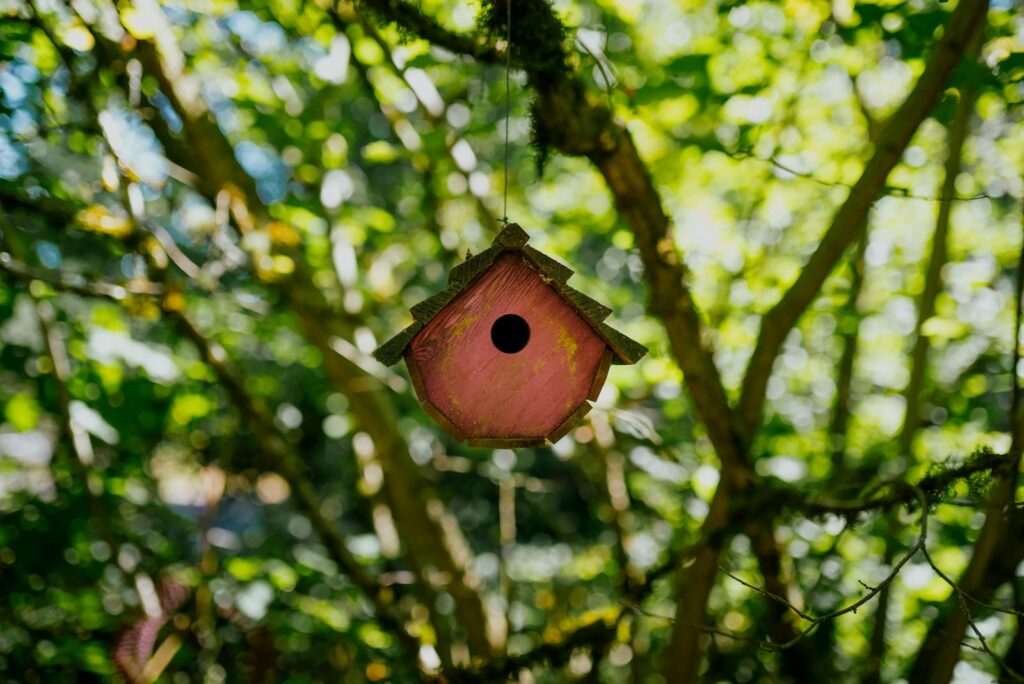
Many unusual nesting sites offer significant thermal advantages compared to natural locations. Buildings, vehicles, and other human structures often retain heat more effectively than natural materials, providing warmth that can be beneficial for egg incubation and nestling development. This thermal advantage can be particularly important in cooler climates or during unseasonably cold weather. Birds nesting near artificial heat sources like porch lights, exhaust vents, or warm engines may experience faster egg development and higher hatching success rates. Some researchers have observed birds in northern regions preferentially selecting nesting sites near artificial heat sources, suggesting that thermal considerations strongly influence nest site selection in challenging climates.
Challenges of Urban and Unusual Nesting
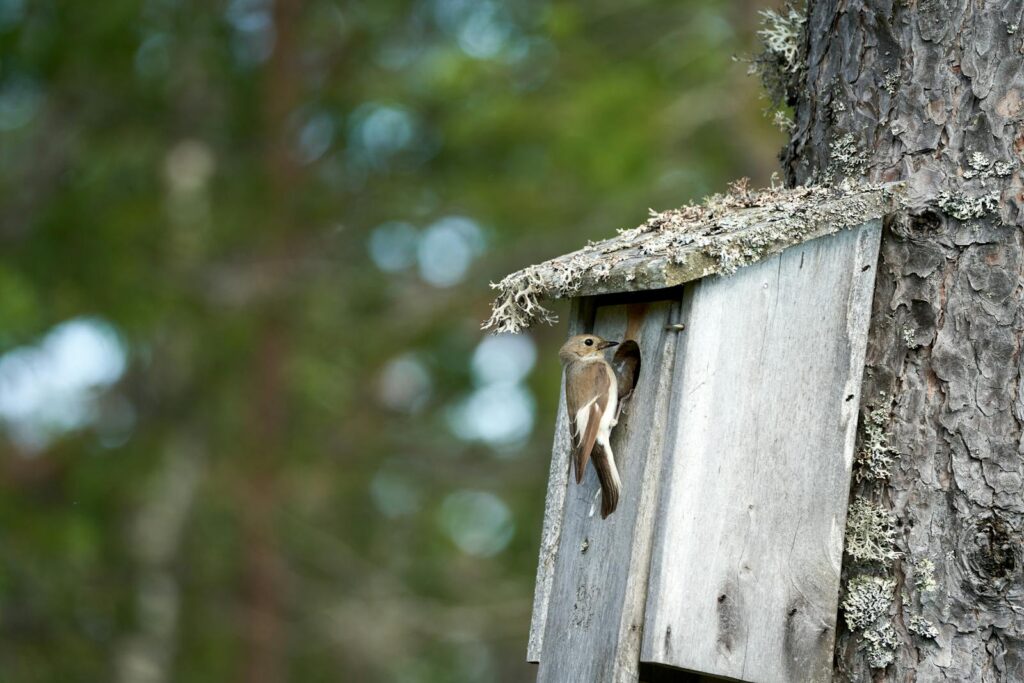
Despite the potential advantages, birds that choose unusual nesting sites face significant challenges and risks. Nests built in vehicles, machinery, or frequently used structures often face catastrophic destruction when humans unknowingly disrupt them. Urban nesting sites may expose birds to higher levels of pollution, artificial light at night that disrupts natural behaviors, and novel predators like domestic cats. Materials available for nest construction in urban environments often include potentially dangerous synthetic items like plastic string, wire, or cigarette butts, which can entangle nestlings or introduce toxins. Birds nesting near humans also experience higher stress levels on average, which can affect reproductive success and overall health outcomes for both parents and offspring.
Notable Species and Their Unusual Nesting Choices
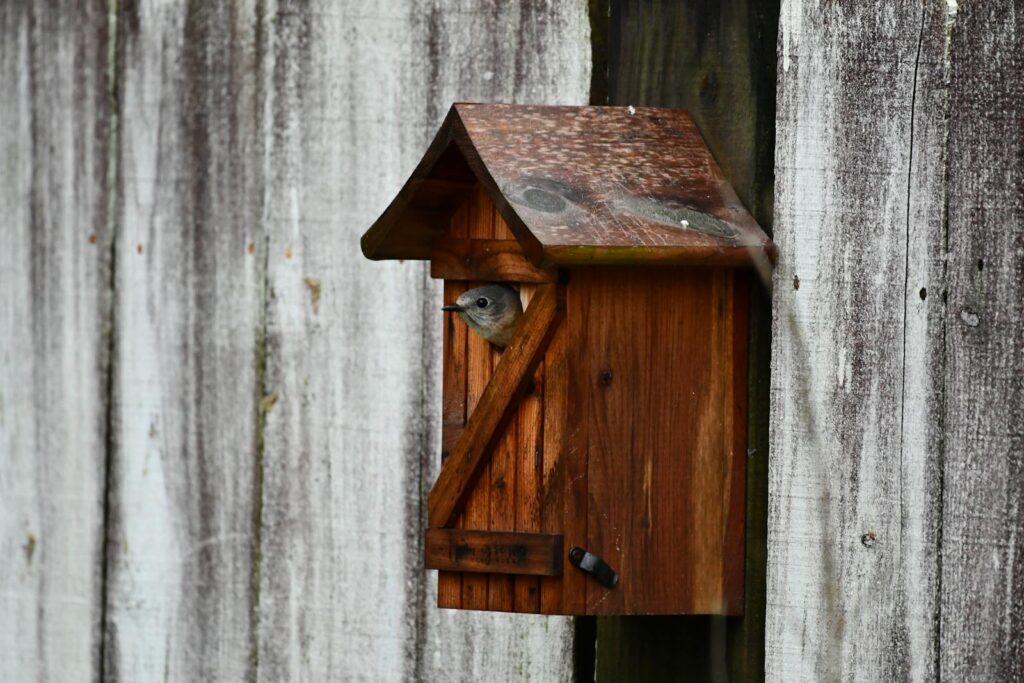
Certain bird species have become particularly known for their unusual nesting habits. House finches frequently nest in hanging flower baskets, store signs, and porch lights across North America. Barn swallows, once restricted to natural cliff faces and caves, now almost exclusively build their mud nests on human structures, particularly under bridges and building eaves. Ospreys have adapted to nesting on cell towers and power poles, sometimes causing power outages but benefiting from the height and stability these structures provide. Peregrine falcons, traditionally cliff-dwelling birds, have become successful urban residents by nesting on skyscrapers that mimic their preferred natural habitat. Each of these species demonstrates different aspects of how birds can adapt traditional nesting behaviors to thrive in human-altered landscapes.
Legal Protections for Unusual Nests
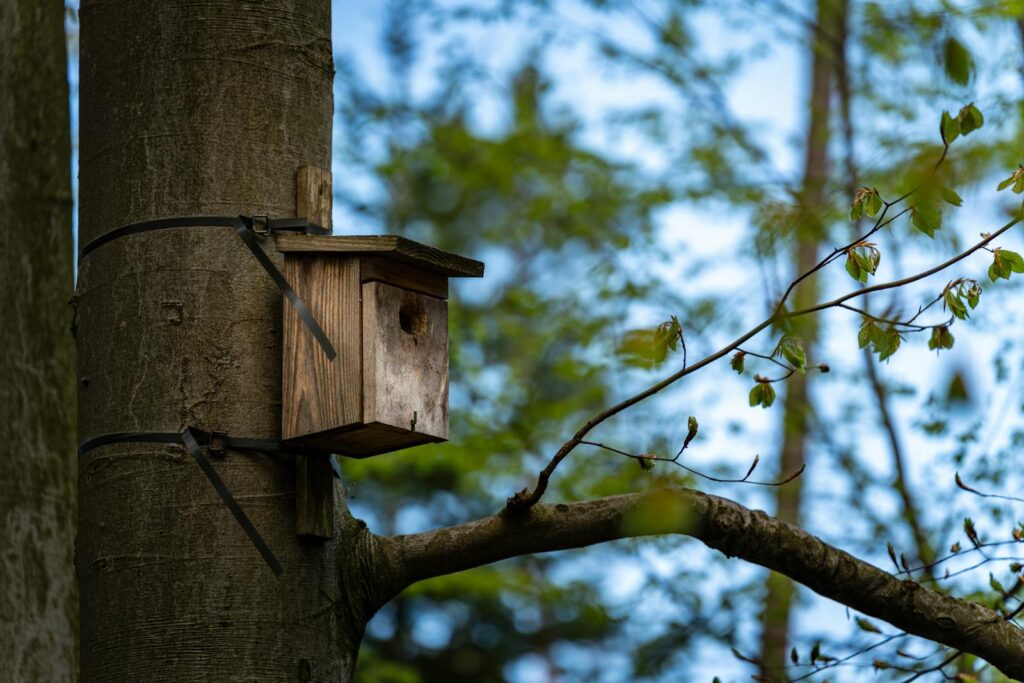
In many countries, birds’ nests are protected by law regardless of where they’re built, creating interesting situations when birds choose inconvenient locations. In the United States, the Migratory Bird Treaty Act prohibits disturbing active nests of most native bird species, even when they’re built in problematic locations like dryer vents or vehicle engines. Similar protections exist in Canada under the Migratory Birds Convention Act and in European countries under various wildlife protection statutes. These legal protections often require humans to temporarily accommodate unusual nesting choices until the young have fledged. For businesses and property owners, this can present challenges, but it also creates opportunities for positive human-wildlife interactions and education about local bird species and their conservation needs.
How Humans Can Support Nesting Birds
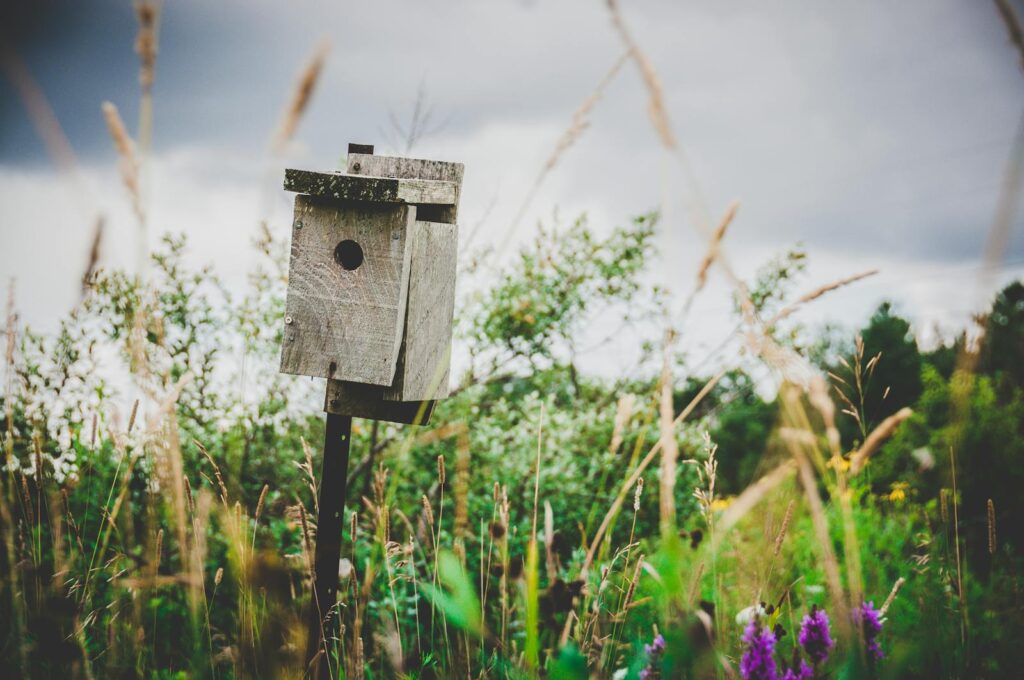
People who discover birds nesting in unusual locations on their property can take several steps to support successful breeding while minimizing inconvenience. Providing alternative nesting structures like birdhouses specifically designed for the target species can help redirect nesting to more appropriate locations in subsequent years. Installing physical barriers to problematic nesting sites outside of breeding season can prevent future nesting attempts in inconvenient locations. For birds that have already established nests in unusual sites, minimizing disturbance until young have fledged (typically 2-4 weeks) represents the best compromise between human needs and bird conservation. Community education programs about local nesting birds can help build tolerance and appreciation for these adaptable wildlife neighbors who find creative ways to coexist in our human-dominated world.
The Future of Bird Nesting in Human Landscapes
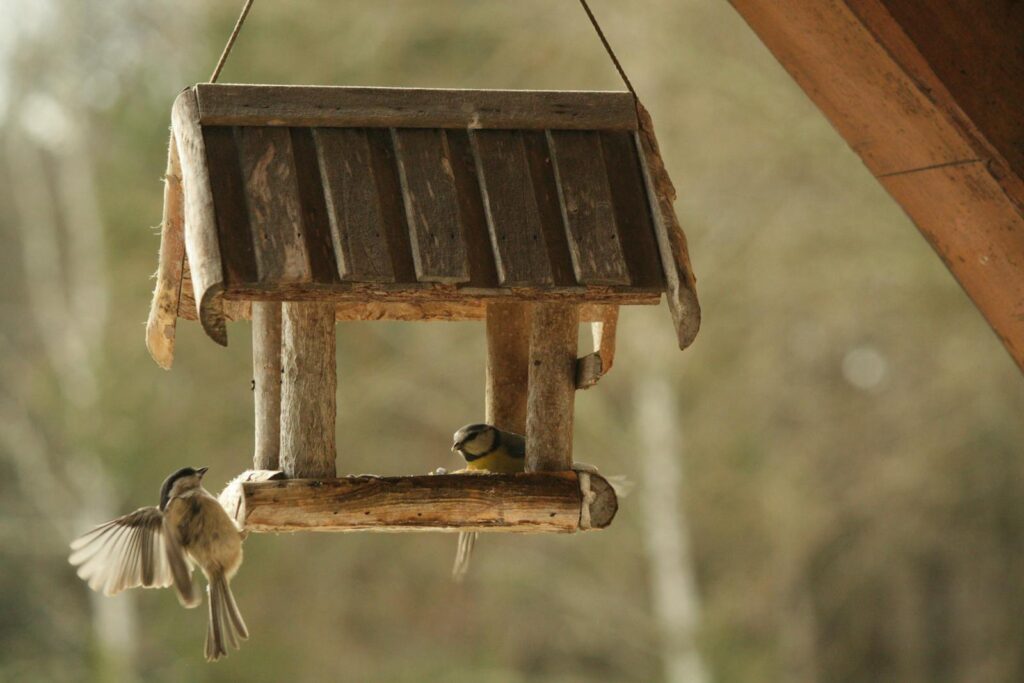
As urbanization continues worldwide, unusual nesting behaviors will likely become increasingly common among birds capable of adapting to human environments. Some species may develop stronger preferences for artificial structures, potentially evolving behavioral or even physical adaptations that enhance their success in these novel habitats. However, not all birds will make this transition successfully, with specialized nesting species likely continuing to decline as natural habitats disappear. The growing field of urban ecology offers promising approaches for designing human environments that better accommodate wildlife needs, including the intentional creation of nesting opportunities within architectural designs. The future relationship between birds and humans will be shaped by our willingness to create space for wildlife within our built environment and our tolerance for the occasional inconvenience that comes with sharing our spaces with wild neighbors.
Conclusion
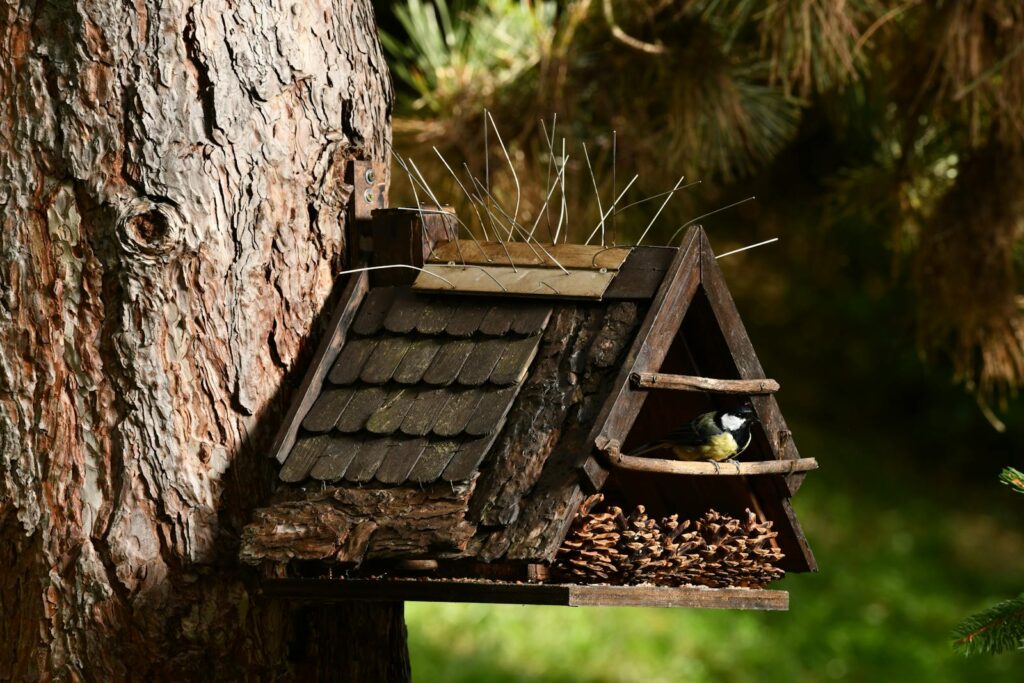
The phenomenon of birds choosing unusual nesting sites represents a fascinating intersection of natural history and human influence. While these adaptations showcase birds’ remarkable behavioral flexibility and resilience, they also highlight the profound ways human activity continues to reshape wildlife behavior. As we build our cities, drive our cars, and modify landscapes, we’re inadvertently creating new evolutionary pressures and opportunities for the animals that share our world. By understanding why birds choose mailboxes over trees or car engines over natural cavities, we gain valuable insights into how wildlife adapts to an increasingly human-dominated planet. These unusual nesting behaviors remind us that conservation isn’t just about preserving pristine wilderness, but also about creating functional ecosystems within our cities, suburbs, and working landscapes where birds and humans can successfully coexist.
